The need for a ‘fire borrowing’ fix grows as the West burns
With elk and deer seasons right around the corner, I’ve been running, biking, and hiking as often as I can on the public lands near the TRCP’s Western office in Missoula, Mont. You’d think that my main challenge would be climbing a particularly steep mountain trail, but lately the real hurdle has been simply trying to breathe—the smell of smoke from the many active wildfires in western Montana clings to my clothing long after I’ve returned to my desk.
To make matters worse, many of our nearby public and private lands have been evacuated and remain closed because of the wildfires bearing down on our community. At worst, these wildfires are terrifying. At best, they’re a major inconvenience for those of us who are living for fall.
When the rains finally come and the smoke clears, we’ll look back at 2017 as being a nasty fire year in Montana and other areas of the West. It should also be the year when Congress finally fixes the wildfire funding crisis that has made it difficult for the U.S. Forest Service to do its job and has left our public lands even more susceptible to fire. It’s a cycle that’s fueling the flames.
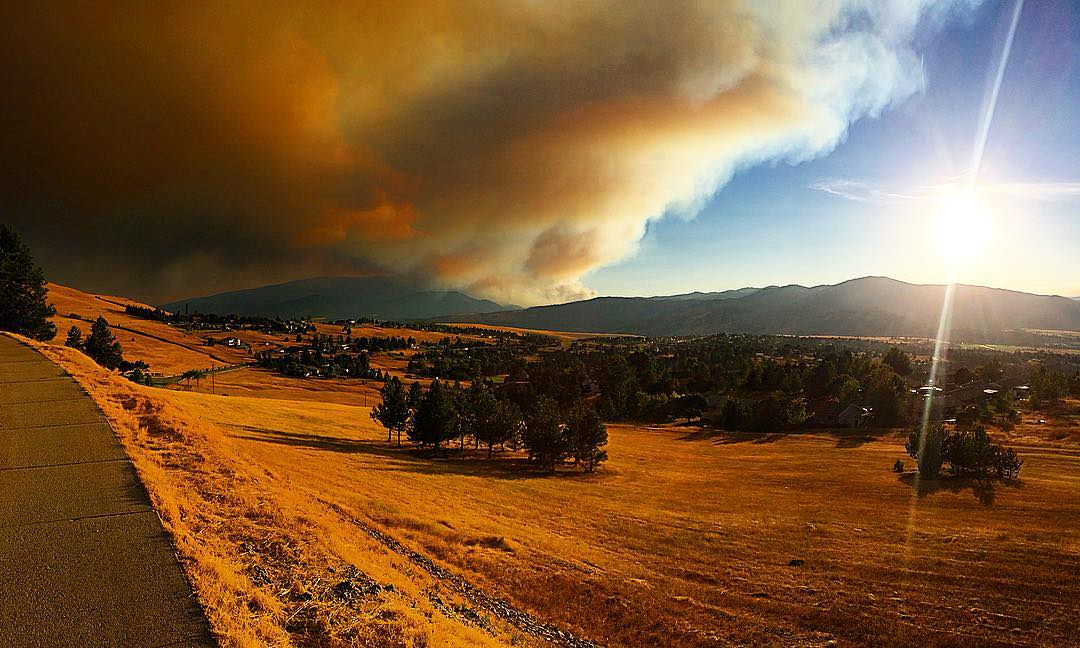
How We’re All Getting Burned
Like all federal agencies, the Forest Service has an annual budget. It’s meant to underwrite maintenance of roads, trails, and campgrounds, and active management of our forests—projects like thinning trees and improving habitat through prescribed burns or other tactics. They also depend on that budget to pay for firefighting on public lands. The problem is that wildfire seasons are getting longer and more intense in the West, and when wildfire season is particularly intense, the Forest Service is required to pull money from other accounts to pay for fire suppression.
When this happens, forest management and maintenance projects get put on hold, making it difficult, if not impossible, for the agency to do its job. Since 2002, this cycle has been an ongoing issue for the Forest Service. In turn, other land-management programs have been neglected, resulting in unsatisfactory national forest management and increased frustration all around.
To put the current budget crisis in perspective, wildfire suppression costs made up 16 percent of the Forest Service’s budget in 1995. In 2015, wildfires cost the agency 50 percent of its budget for the whole year. More than 56 percent of the Forest Service budget is now spent on fire suppression, with the number expected to surpass two thirds of the budget by 2021 (four years sooner than previously predicted).
Without a fix for fire borrowing, there’s no doubt that the shortfall in funding will continue to fail us, leaving our forests vulnerable, poorly managed, or completely torched.
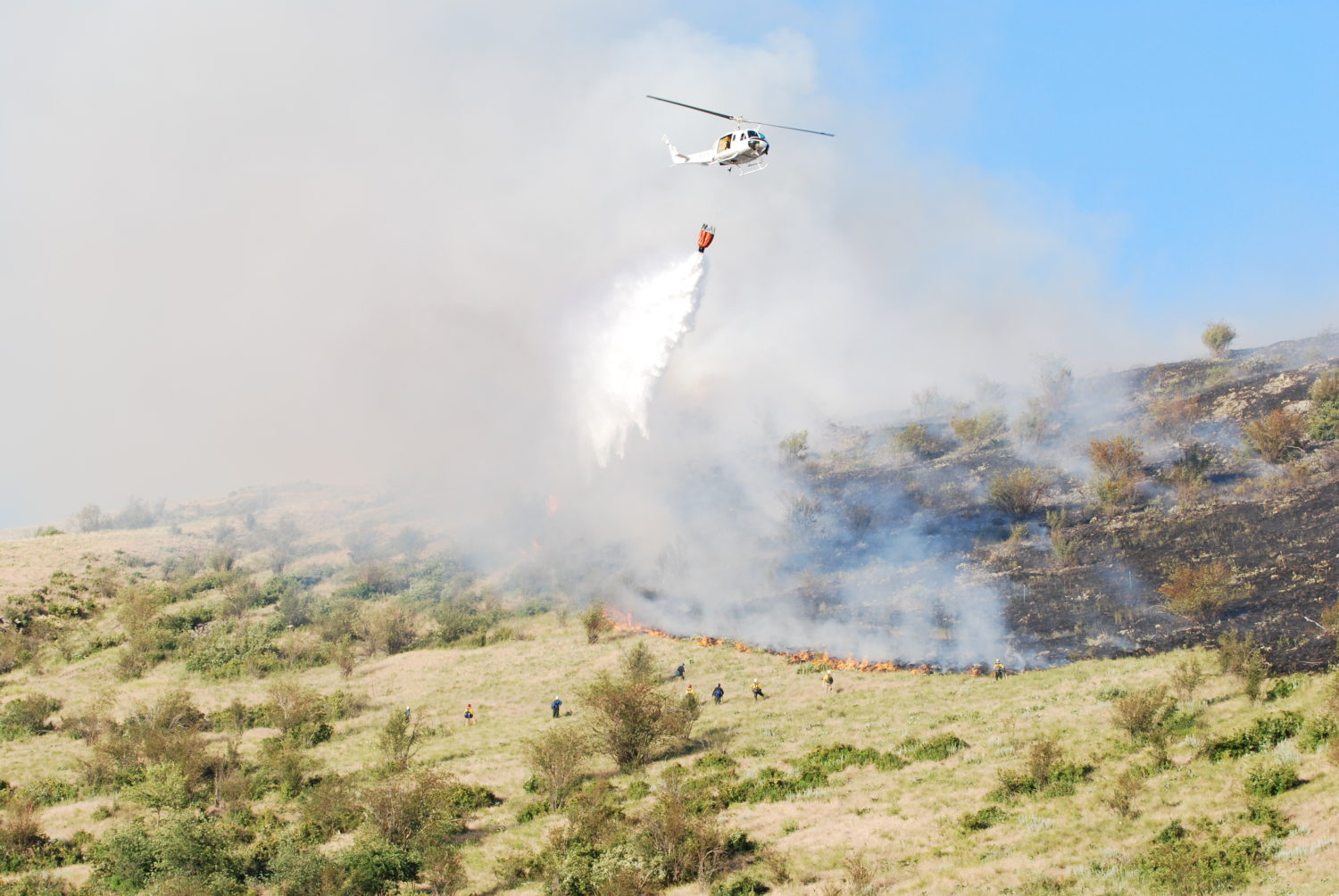
How Do We Fix This?
Fortunately, two widely supported bipartisan solutions are on the table, both of which would take steps to ensure that the most extreme wildfires would be granted suppression funding from the Disaster Relief Fund—the pool of money that is used in the case of catastrophic weather events like floods, earthquakes, and hurricanes. In other words, the proposed legislation would ensure that large, dangerous, and expensive forest fires are treated like all other weather-related national disasters, which seems like common sense.
The first bill is the Wildfire Disaster Funding Act, which has strong support in Congress and from a diverse coalition of interests ranging from sportsmen to the timber industry and environmental community. A second bipartisan solution has been proposed by Senators Michael Crapo (R-Idaho) and Sherrod Brown (D-Ohio). The newest National Flood Insurance Program Reauthorization Act includes a provision that would prohibit transferring funding away from non-fire programs and, at the same time, establishes a new source of funding for wildfire suppression through the Disaster Relief Fund.
Either of these much needed fixes directly addresses the continued erosion of agency budgets from the increased cost of wildfire fighting. This is the support we need for thoughtful, active management of our public lands—especially right now.
A Hazy Outlook
It is concerning that Congress has been unable to get a funding fix across the finish line in the last several years. It seems that the problem is forgotten as soon as fire season ends, but out-of-sight-out-of-mind conservation won’t take us far in maintaining the public lands legacy that Theodore Roosevelt helped create and that makes our country so unique.
My hope is that this year’s smoky summer will linger in lawmakers’ minds as much as the scent of it lingers on my pack. But it’s up to sportsmen and women to convince our elected officials that it’s time to extinguish the problem once and for all. With more than 2 million acres burned by September and likely millions more scorched in the months since, these solutions couldn’t come at a more pivotal time.
This post was originally published on August 15, 2017 and has since been updated.

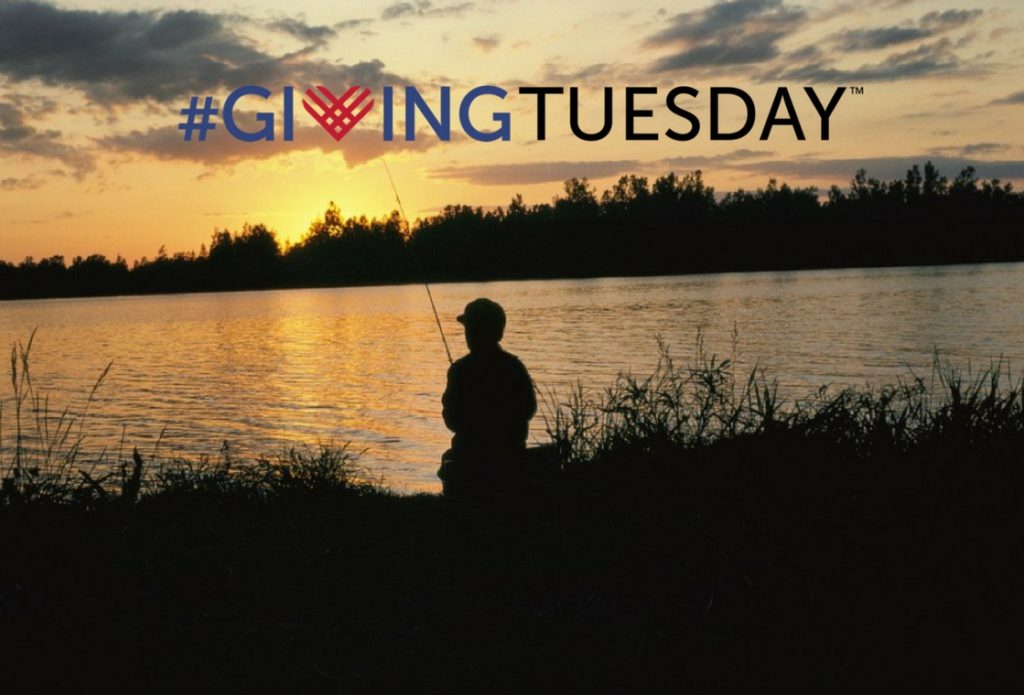
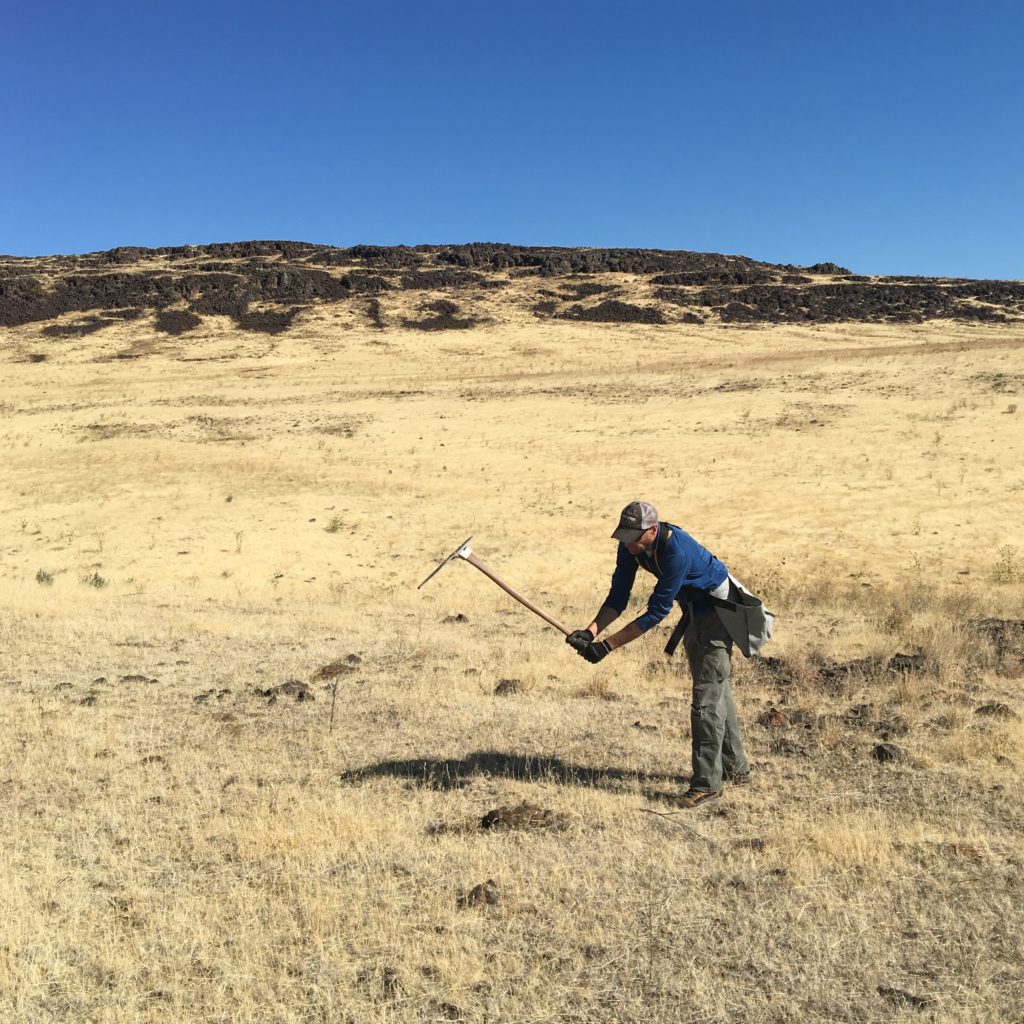
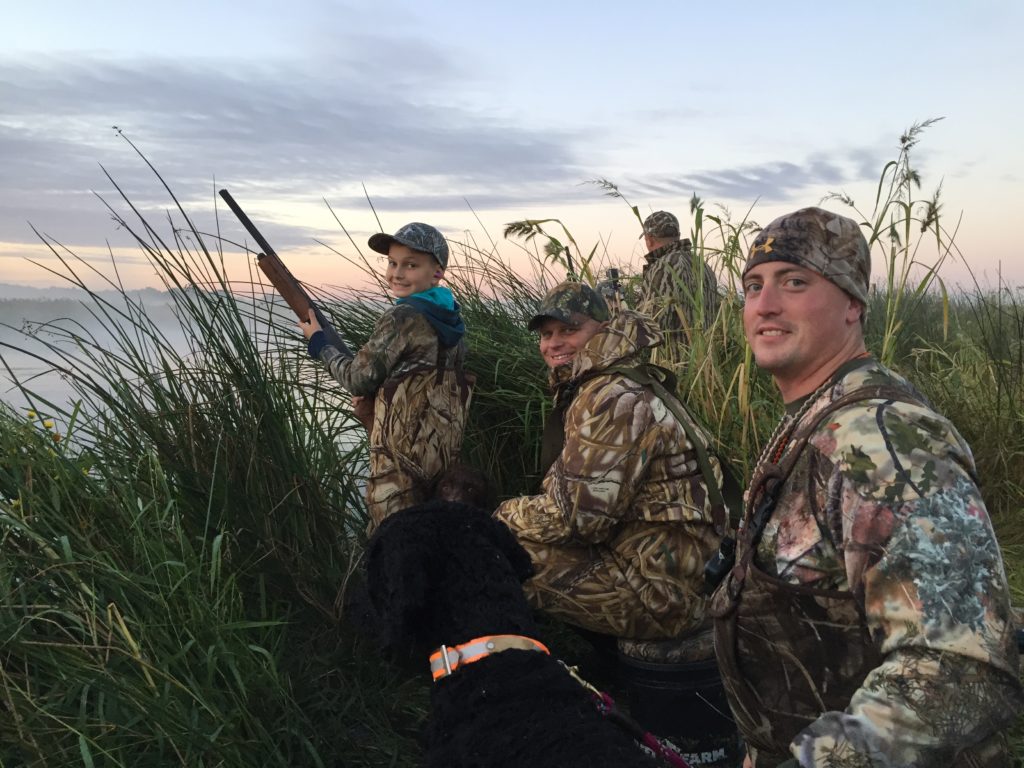
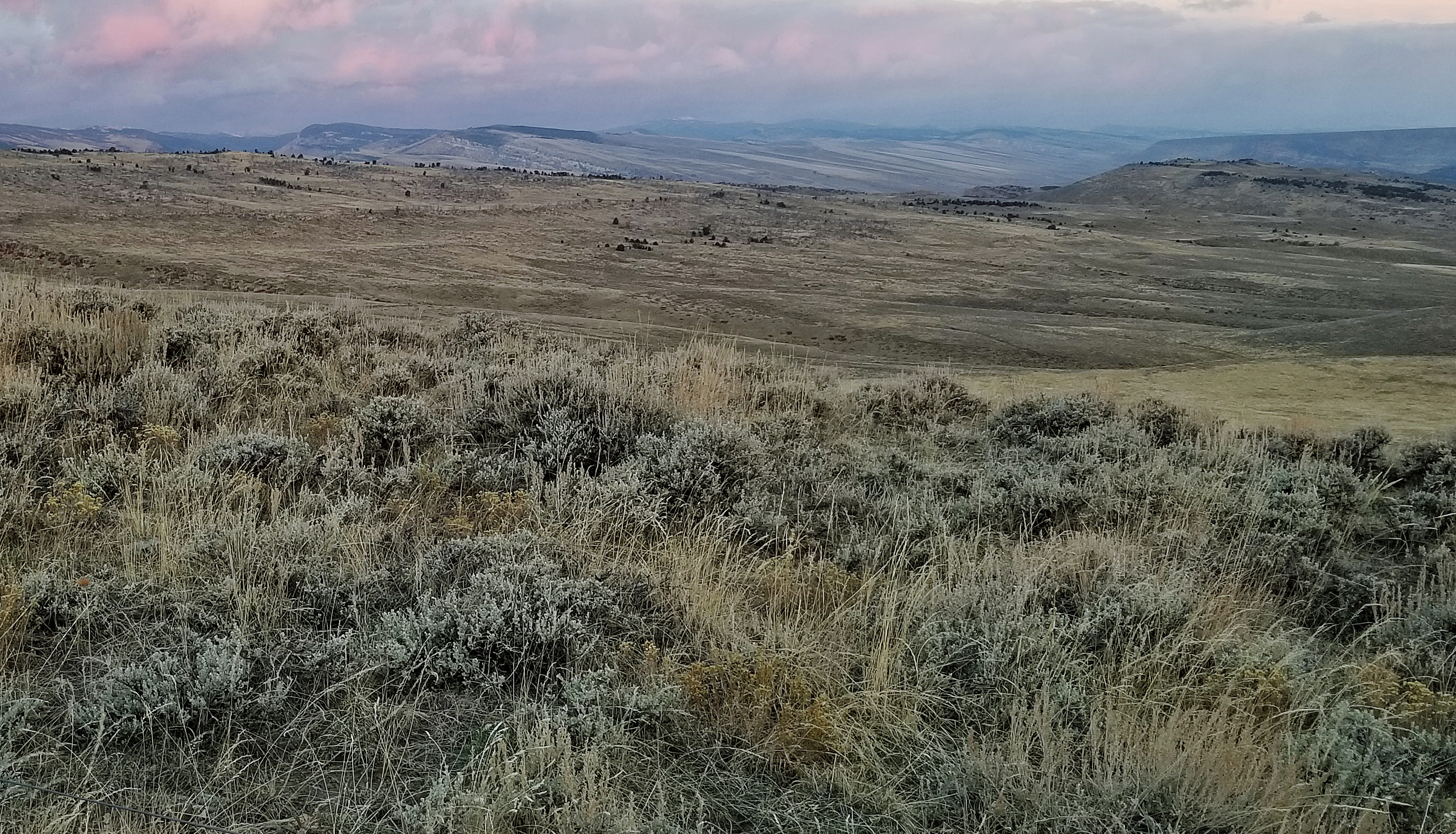
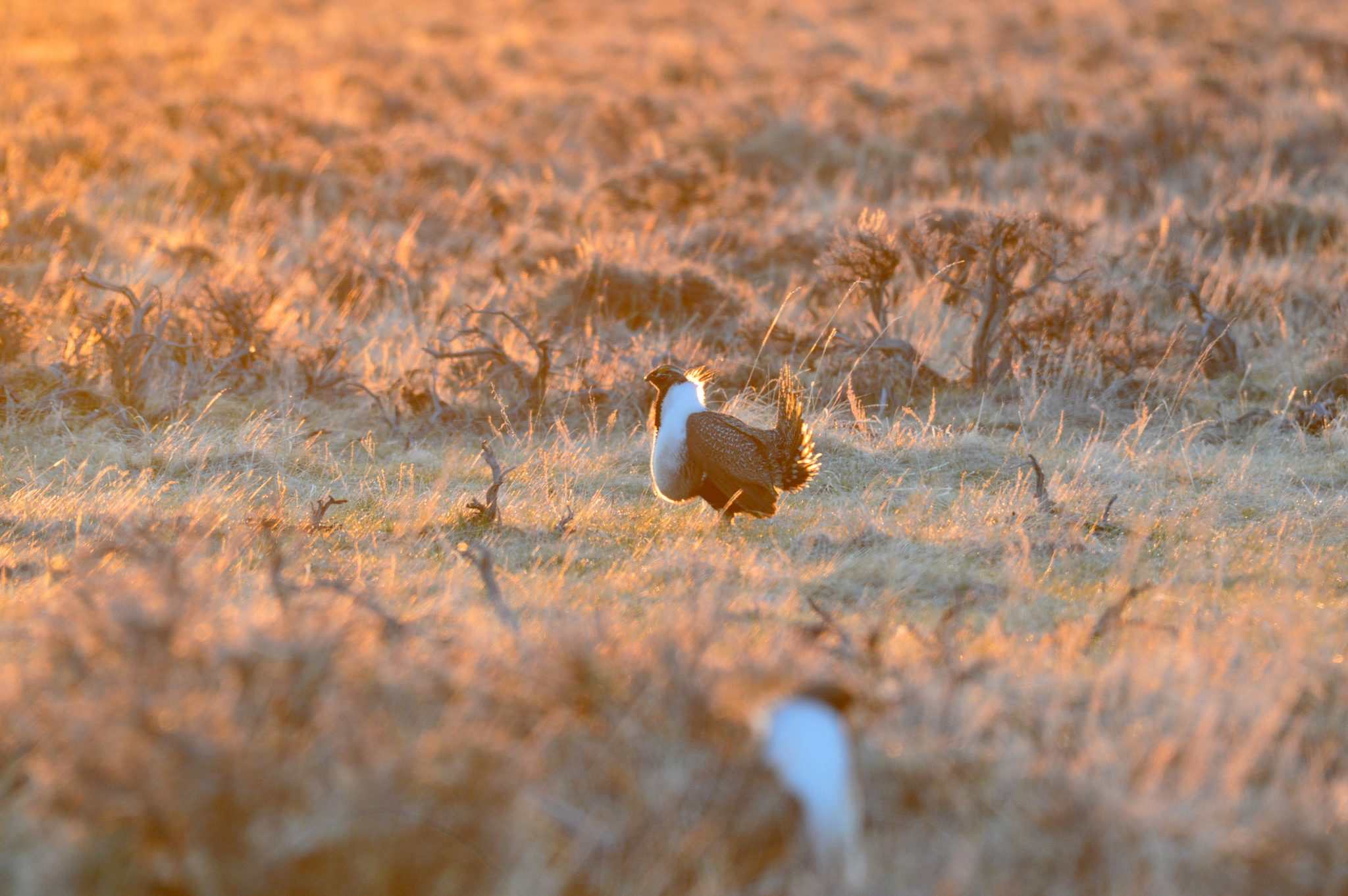




While I get the need to move $’s to suppress fires – why do we need to suppress so many when fires are a natural part of the forest eco system. If we keep the fires down, won’t it just push the BIG ONE down the line? Help me understand please as I see this playing out in northern MN here – we keep the fires down and we’re bound to have a huge fire like we did in the early 1900’s and again here in the early 2000’s.
Matt,
You are exactly correct, in my opinion. Just to flesh out this line of thought a little further, there are two important reasons to suppress fire activity across the West (IMO): first, is the need to protect residential, civil/government and commercial property, and human lives. This is the rationale behind using funds from the Disaster Relief Appropriation funding to suppress fires that threaten destruction of man-made improvements, and to save lives. (Not “save the planet”, but protect human lives that are clearly and directly endangered by the proximate treat of fire.).
Alternatively, one could argue that (except for the protection of human life) such risks should not be borne by the US Govt (and in turn, by all US taxpayers), but instead by private insurance companies and, to the extent no commercial insurance companies are willing to underwrite the risks, by disaster insurance pools established and funded by local, state and federal governments. This is analogous to the argument the author is making for the federal government to directly fund ALL firefighting efforts, for any fires wherever they arise. However, I would argue that the author makes a mistake and overreaches by not distinguishing among efforts to protect life, residential/commercial/government improvements, and undeveloped property. I would postulate that most people would agree on the need to prioritize and spend money (your and my tax dollars) to protect
The second reason to supress fires in the West is what I would call “environmental,” including health effects of breathing smoke, the impact on tourism, and the visual horror of seeing a 100-foot high wall of flame devouring everything in its path. I think that while most people (especially those living in Western states affected by wildfires) would likely agree that these are important justifications for the federal government to spend whatever it takes to supress wildfires, a more reasoned argument would support your line of thinking, specifically, that wildfires be allowed to burn so long as they do not pose an immediate or potential threat to life or property.
R. Pond
A straightforward and concise description of a situation that gets worse every year and is currently providing ammunition to the war in which keeping public lands public is the only valid peace.
Please fix the forest fire funding problem.
please fund wildfire fighting!
They aren’t public lands or wild places; this is planet Earth, the Earth that alone, generates and releases all of mankind’s life lines for life itself and the reasons humankind is alive and safe. We don’t want these shares of planet Earth and her strands in the web of all life to burn to death. Please, do all you can to prevent wild fires. Thank you, so much.
the problems with wild fires is not new but has become exacerbated by environmental policy that prevents logging to thin then out.
I ask this as a state forester. We generate revenue for state wildlife management using timber sales, but from your article and a few interactions I’ve had with federal employees they seem to treat timber sales as a cost and not a revenue generator. Can you break down why that is?
Good to hear that some financial relief could be in store for the proper management of our forests. I’d like too see more focus on how we can make our forest management more economically sustainable; let’s start mulling mandates on certain building codes to be met for folks that decide they want to live in or are in close proximity to areas that forest fires could threaten and perhaps requiring them to pay into a federal firefighting fund. Fighting forest fires in remote areas is costly and, perhaps, superfluous in many cases; I believe focusing on the utilization of timbering to generate money, thin out our forests and lessen the intensity of these burns falls in line with TR’s conservation vision…burned areas make for darned good elk hunting in many cases too!
Seems like common sense to approach the issue with more funding toward prevention and maintenance, and a separate more flexible way to fund emergencies.
I’m a retired Forest Service employee with 32 years of service, the final 11 as a District Ranger. I was involved in fighting some of the largest wildfires in California history. This article is right on! The only thing I would add, as mentioned by another commentator, is that residential development in the wildland-urban-interface has contributed hugely to this problem. When a large fire gets cooking, the fear anymore is that it will end up burning a bunch of homes. Consequently tremendous amounts of federal money are spent on fire suppression efforts which could be reduced if counties would adopt better fire-safe building codes.
Do either of these proposed acts add funding directly to fuel reduction or fire prevention? Another area that Congress needs to increase funding for the US Forest Service and BLM is for recreation staff and maintenance. Multiple-use recreation is the number one public use of our federal lands, but it is way underfunded. This is why trails are not adequately maintained, and the campground infastucture is crumbling.
As a biologist working in the Midwest, I support listening to those officials who are knewledable about the west, and it’s ecology. However, I am reminded that this issue is a reflection of a common problem on many of our public lands; the need to institute disturbance, and use a management plan that REQUIRES even-age management in our all of our forests!
The intentional setting of fires done under the guise of “prescribed burns” is basically Arson by the government! This practice of prescribed burning by our governmental agencies has been sold to the public as a way to prevent bigger fires in the future! However, if you look at the governments track record, going back to 1988, when the government almost burned up half of Yellowstone Nat Park (yes this was a prescribed burn that got out of control), and the hundreds of incidiences of other prescribed burns getting out of control, it leaves you with one or two conclusions. Either the government is inept at what it is doing, or they deliberately let these fires get out of control so there employees can rack up hundreds of thousands of tax payer dollars a year fighting these fires! I am a former BLM Agent and have seen it firsthand on numerous occasions. Fires intentionally started as prescribed burns that turn into out of control wildfires! What the Public is not told is how many birds of prey nests were destroyed, how many foxes dens and pups were destroyed, how many deer and other wildlife were consumed in the raging fire including endangered species! Not to mention the loss of resource and many times cabins and houses in these rural areas go up in flames because the government intentionally set a wildfire! This is Arson by the government, simply stated! If a private citizen started a fire that got out of control and burned thousands of acres and destroyed wildlife and homes, they would face huge civil and criminal fines and actions against them! The government gets a free pass, and until this is challenged the government will continue to destroy the natural resources of our country and contaminate the air with their criminal practice of prescribed burns!